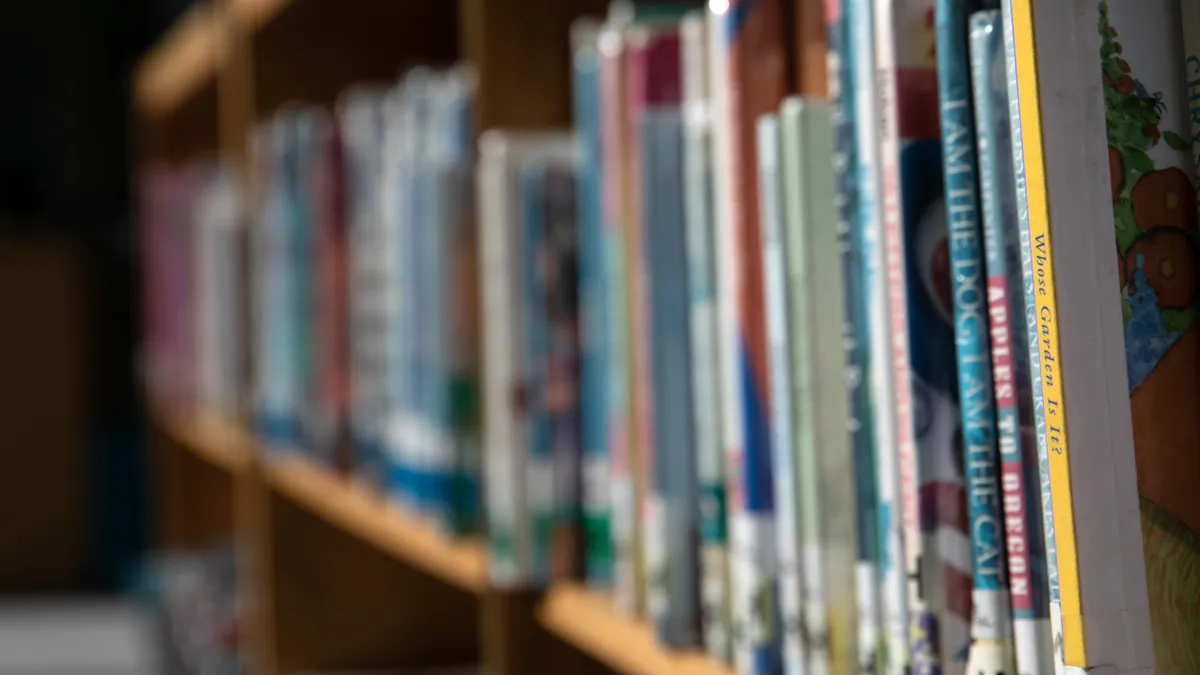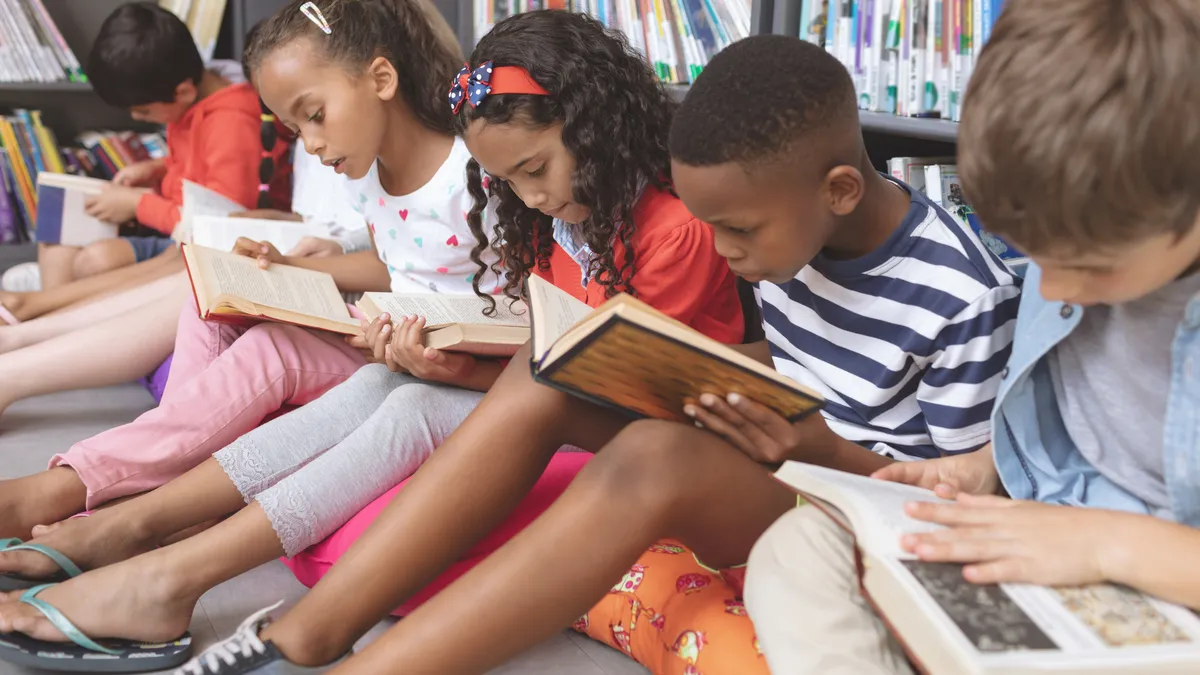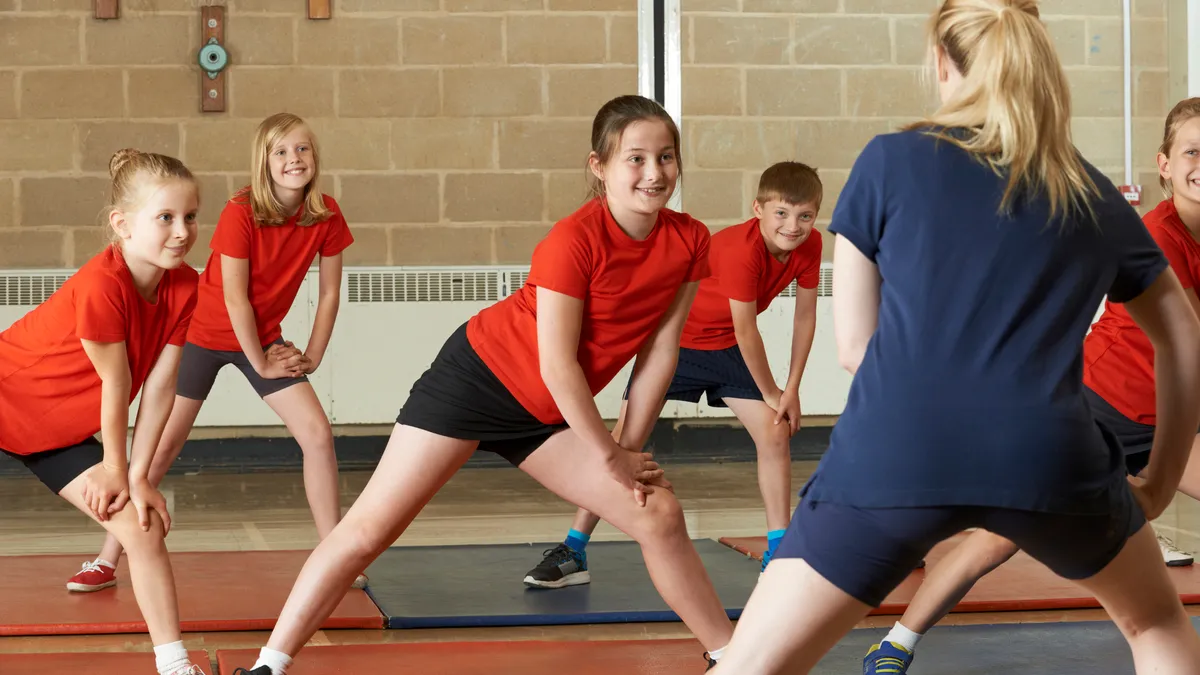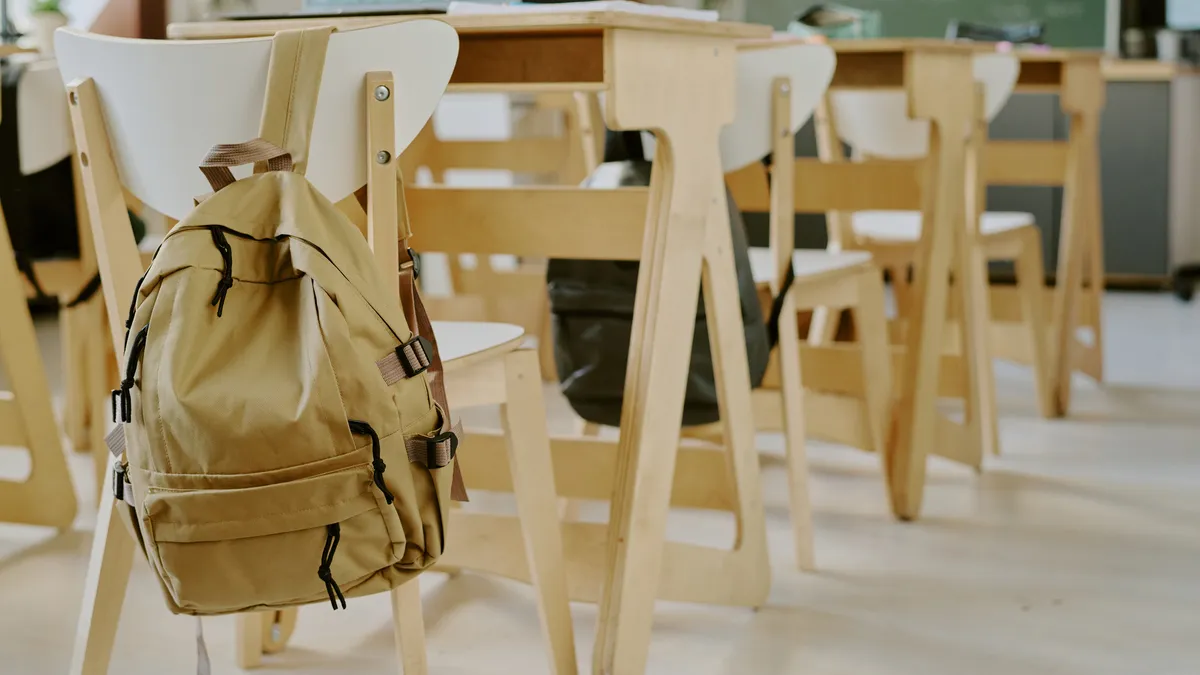Miah Daughtery is literacy director of content advocacy and design at NWEA, a nonprofit assessment provider.
One of my favorite childhood series was “The Baby-Sitters Club” by Ann M. Martin. I devoured the series, eagerly awaiting each new installment. Kristy, Claudia, Mary Anne and Stacy were my literary best friends, and I spent many afternoons imagining life in Stonybrook, Connecticut.
Kristy, Mary Anne and Stacy were White; Claudia was Japanese. Stacy had diabetes, Mary Anne’s mother was deceased, and Kristy’s parents were divorced. They were different from my limited, lived experiences, but I learned a lot. Even though I was a Black girl in Detroit, I wanted to visit Connecticut well into my 20s.
Until episode 14.
In episode 14, Jessi Ramsey joins the club. Jessi is Black.
At that point, I stopped imagining Stonybrook and started imagining life in Stonybrook. I stopped being an observer of the club and became an honorary member of the club.
So did my friends, all Black girls from Detroit.
Our love of the series deepened when Jessi came. A Black babysitter? A Black babysitter who was smart and respected? We all wanted to be Jessi.
This was in the 1980s, when there weren’t many popular fiction children’s or young adult novels featuring a range of racially and ethnically diverse characters. Having one character redefined the series for me in a powerful way — it affirmed me and showed me I also fit in. That I, too, am America.
You might think that in 2022, students have expansive opportunities to have revelatory and affirmative literary experiences, where they see themselves between the covers. You would be wrong.
As recently as 2018, the Cooperative Children’s Book Center published the percentage of books depicting characters from ethnically diverse backgrounds:
- American Indians: 1%
- Latinx: 5%
- Asian/Pacific Islander: 7%
- African and African American: 10%
- White: 50%
Oh, animals? Animals make up 27% of characters in children’s books — more than American Indian, Latinx, API, African, and African American people combined.
This means you’re more likely to find a book with a talking lion than a book with a child from Thailand.
The opportunities I had to see a brilliant entrepreneurial brown girl, like myself, in texts like “The Baby-Sitters Club” still do not exist for many children. Students need access to texts diverse in race, ethnicity, gender and language. Such access increases motivation, which is likely to have a positive impact on reading comprehension.
Scholar Rudine Bishop Sims astutely notes, “When children cannot find themselves reflected in the books they read, or when the images they see are distorted, negative, or laughable, they learn a powerful lesson about how they are devalued in the society of which they are a part.”
Access expands vocabulary, deepens understanding of syntax and language structures, provides opportunities for problem-solving, provides critical affirming experiences to students’ own lives, and presents opportunities for students to learn about people with different lived experiences. These are critical for a multicultural, diverse, pluralistic society.
Not only does access to a range of texts featuring a diverse variety of people affirm students for who they are, but exposure to different people also builds bridges to understanding, empathy and compassion.
As an American reader, I learned a lot about the immigrant experience through reading. “A Long Way Gone, Memoirs of a Boy Soldier” by Ishmael Beah, “Escape from Camp 14: One Man's Remarkable Odyssey from North Korea to Freedom in the West” by Blaine Harden, “Enrique's Journey: The Story of a Boy's Dangerous Odyssey to Reunite with His Mother” by Sonia Nazario, and “The Girl Who Smiled Beads: A Story of War and What Comes After” by Clemantine Wamariya and Elizabeth Weil provided me an introduction to immigration, war and life in other countries — unique perspectives to an American reader.
Each of those books built critical background knowledge and inspired me to learn more about the world. I sought informational texts, maps, pictures, recipes and other sources to learn about the places the original text introduced.
Curious students search for more. Diversity of text leads tovolume of reading, builds students to read more complex texts on the same or similar topics, and introduces new vocabulary — all critical for reading comprehension.
As an ELA teacher, I sometimes struggled to provide books to students that affirmed their lives. My last district tilted more conservatively, and I was often weighing political tension against my own knowledgeable, expert, teacher judgment. I worked to build trust with my community, so they were willing to let me teach a variety of texts.
I encourage teachers to try these strategies:
- The Reading Minute. Choose a book that is interesting, but not one students would likely gravitate to on their own. Find a cliffhanger in the book. Read the cliffhanger passage for one minute, but stop right before the reader finds out what happens next. Students will sit on the edge of their seats to know what happens next. Then, watch the book fly off the shelf. Books I could not teach made great candidates for The Reading Minute.
- Start a book garden. Plant the seed by suggesting one or two books by topic (e.g., family, challenges or immigration). On a shared class list, invite students to plant their own seeds — other titles or podcasts connected to the topic — and watch the book garden grow.
- Build relationships with your families. During school events or open houses, host a “text forum” and invite parents to a discussion. Listen to parent concerns and share the titles you teach, want to teach and why. Ask students to write testimonials after reading a challenged book — what they learned, how they think, why they think other students should read the text. Make these public, either virtually or in your classroom.
- Write and call your legislators when state policy bans books. With other teachers and parents, coordinate with local efforts like libraries and the local chapter of the American Civil Liberties Union to get support in slowing book bans.
Educators prepare students to be full participants in a society defined by richness in race, ethnicity, gender and thought. Text is part of the preparation. And thanks to Jessi from “The Baby-Sitters Club,” I started my first babysitting endeavor at age 12. Why? Because Jessi made me believe I could, because I saw myself in her.






 Dive Awards
Dive Awards
















